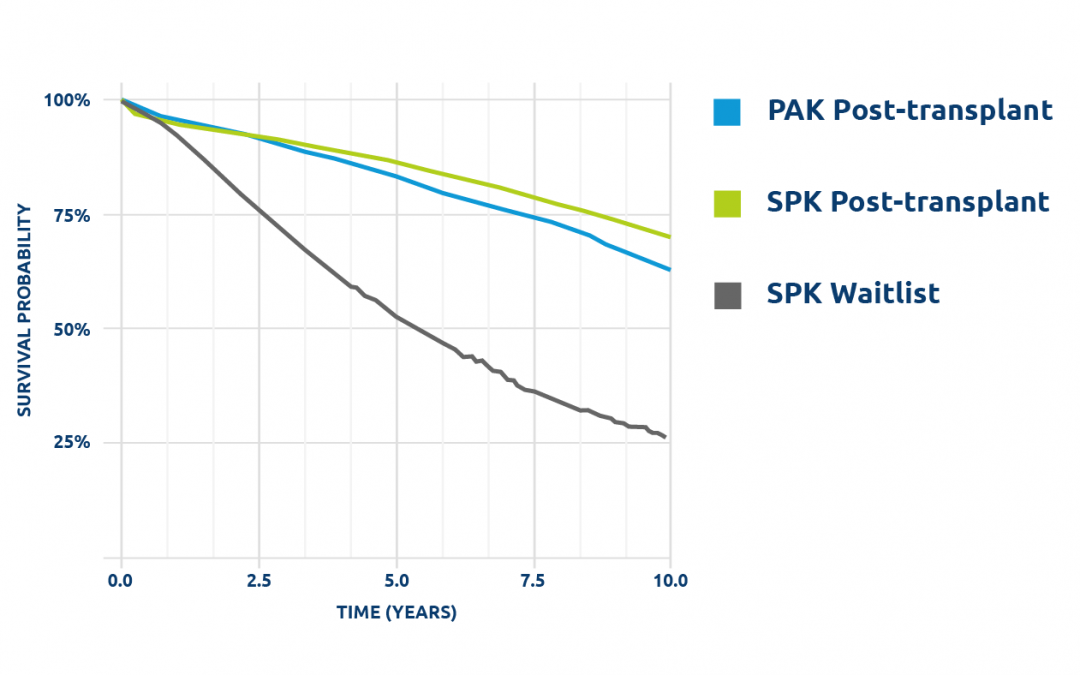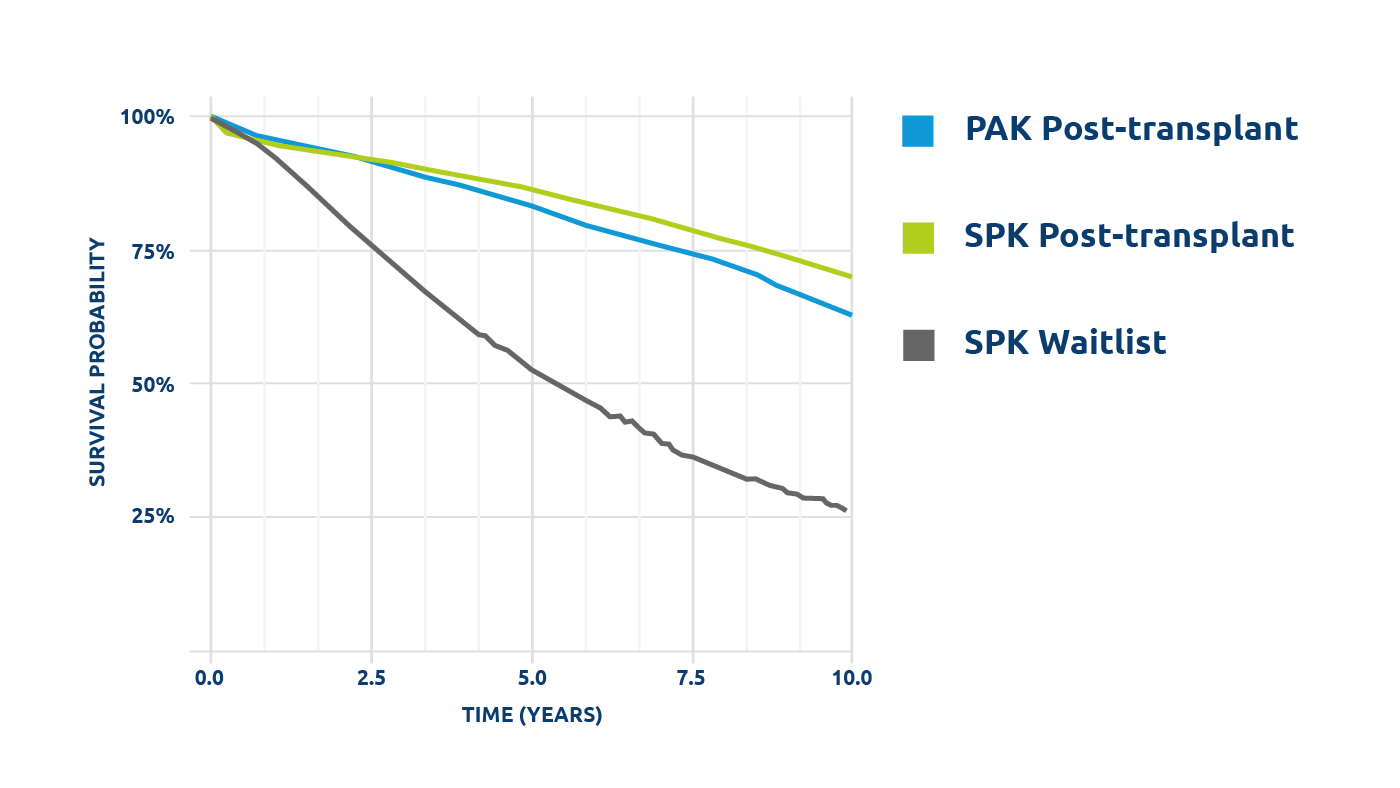in focus
PAK & SPK: Similar patient survival
PAK and SPK transplants result in similar patient survival. Both outcomes are better than patient survival of deceased donor kidney transplantation alone.
Based on data from the national Organ Procurement and Transplantation Network (OPTN).
A new study shows that sequential pancreas transplant after a kidney transplant (PAK) and simultaneous pancreas-kidney (SPK) transplants result in similar patient survival rates.
Could sequential pancreas transplant after a kidney transplant (PAK) be a viable option for patients?
A study published last September in the American Journal of Transplantation shows that sequential pancreas transplant after a kidney transplant (PAK) and simultaneous pancreas-kidney (SPK) transplants result in similar patient survival rates, and both outcomes are better than patient survival of deceased donor kidney transplantation alone.
Key findings of the study titled, “The Survival Advantage of Pancreas after Kidney Transplant,” led by former OPTN/UNOS Pancreas Committee Chair Jonathan A. Fridell, MD, of the Indiana University School of Medicine, include:
- Similar to kidney transplantation, successful pancreas transplantation is clearly life-extending.
- The decline in PAK transplantation is a leading contributor to the decreased volume trend in pancreas transplantation overall. Reversing this trend represents an important opportunity for increasing the number of pancreas transplants.
This contradicts the findings of an earlier study the National Institutes of Health (NIH) funded. That study concluded that patients receiving solitary pancreas transplants, including PAK, had an increased mortality risk compared to patients remaining on the waiting list and receiving conventional medical therapy.
The American Medical Association (JAMA) published the results of the NIH research in 2003, which was followed by a substantial decline in the number of pancreas transplants performed in the United States. While there have been reviews and rebuttals of the JAMA paper, the perception that PAK transplants increase mortality risks persists among some in the transplant community.
UNOS conducted further critical analyses to correct possible misconceptions and achieve a more comprehensive view of the overall benefits and risks of PAK transplants. Researchers designed a study to reproduce the original 2003 JAMA analyses that included the following modifications:
- Adding a waiting list comparison group (PAK transplanted group being compared to waitlisted SPK candidates)
- Looking at kidney and pancreas allograft survival
- Extending the survival analyses to 10 years post-transplant
- Including PAK candidates with creatinine greater than 2 ng/ml
The analysis examines national data to explore kidney and pancreas allograft and patient survival after PAK.
“Hopefully, our research will change the perception of some in the transplant community and increase pancreas transplants nationwide, as well as spawn additional research,” said Read Urban, UNOS research scientist, a co-author of the study.
Other co-authors of the study are Silke Niederhaus, MD, of the University of Maryland Medical Center; Jon Odorico, MD, of the University of Wisconsin-Madison School of Medicine and Public Health; Abby Fox, UNOS policy analyst for the OPTN/UNOS Pancreas Transplantation Committee; and Michael Curry, former UNOS research analyst.
Read more information about the benefits of PAK from the OPTN/UNOS Pancreas Transplantation Committee.
The study was conducted by the OPTN/UNOS Pancreas Transplantation Committee.
In focus
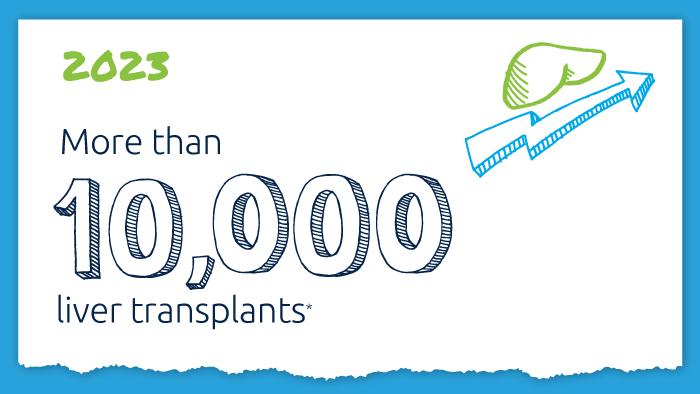
A decade of record increases in liver transplant
10,660 liver transplants, the most ever in a year.
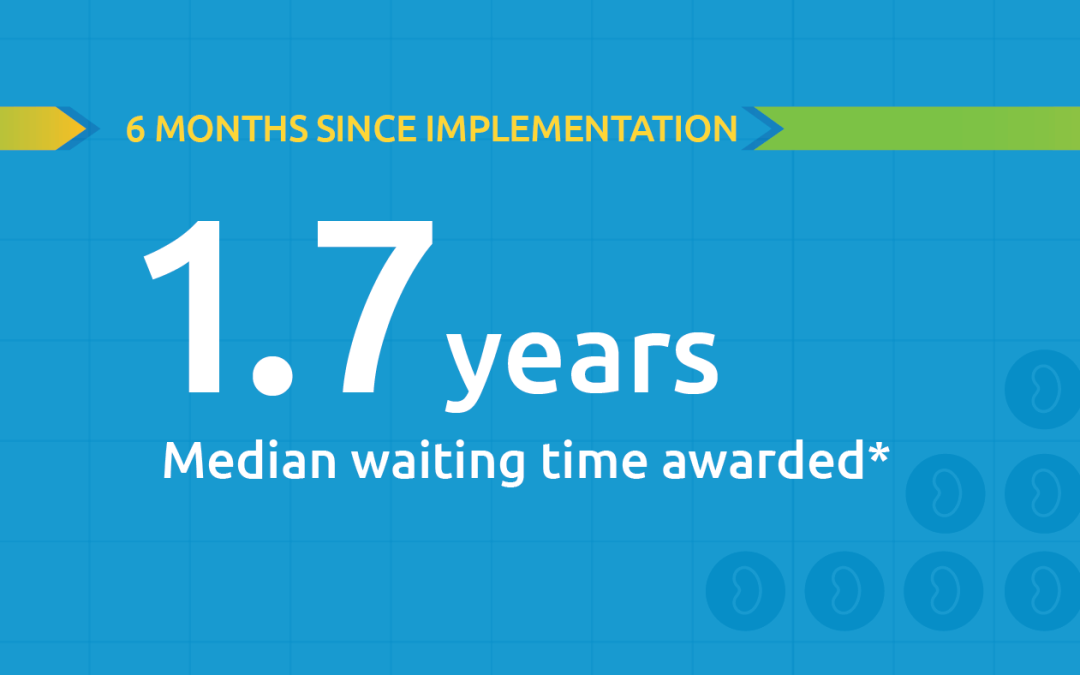
Black kidney candidates are receiving waiting time modifications, helping them get the organs they need
Latest kidney monitoring report shows two new kidney polices are working as intended

Research in focus: examining organ offers
Three recent studies from UNOS researchers examine offer acceptance practices and impact of Offer Filters tool.
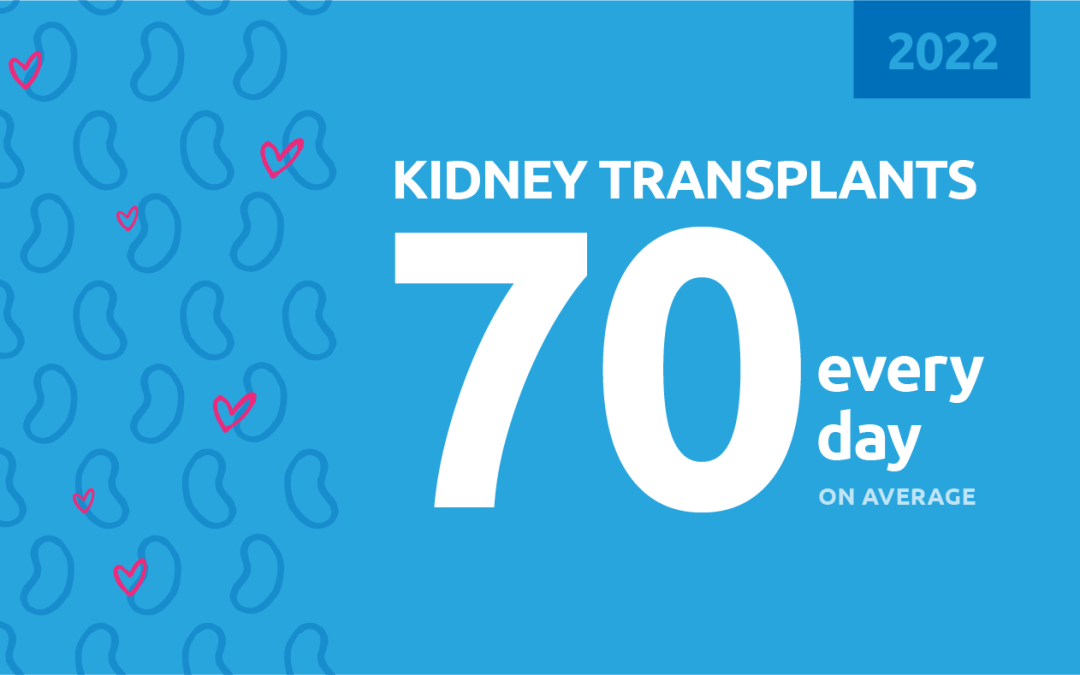
New milestone reached in kidney donation and transplant
For the first time, more than 25,000 kidney transplants were performed in a single year

